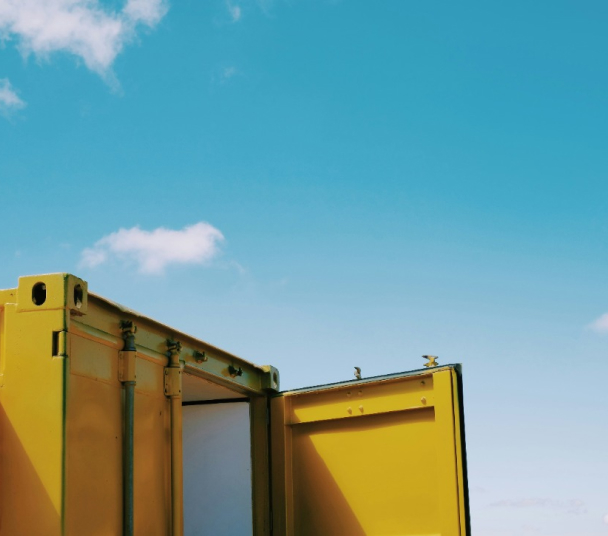
In the ever-evolving world of UX design, creating a functional and efficient interface is no longer enough. Today's users seek more than just usability—they crave experiences that resonate on an emotional level. This is where emotional design comes into play. Emotional design goes beyond aesthetics and usability, focusing on creating a deep connection between the user and the product. In this blog, we’ll explore the principles of emotional design and how it can transform user experiences into unforgettable journeys.

What is Emotional Design?
Emotional design is the practice of designing products that evoke positive emotions, creating a bond between the user and the product. It’s about making users feel good, valued, and understood. Donald Norman, a pioneer in this field, identifies three levels of emotional design: visceral, behavioral, and reflective.
-
Visceral Design: This level focuses on the immediate emotional response a user has when they first encounter a product. It’s all about aesthetics—colors, shapes, and overall look and feel. Visceral design aims to make a strong first impression, capturing attention and generating excitement.
-
Behavioral Design: This level is concerned with the usability and functionality of the product. It’s about creating seamless and enjoyable interactions that make users feel competent and in control. When a product works flawlessly and intuitively, it leads to positive behavioral responses.
-
Reflective Design: This level involves the personal meaning and value a user attaches to a product. Reflective design considers the long-term relationship between the user and the product, focusing on memories, narratives, and the product’s impact on the user’s self-image.

UX Design Framework Definition
Before introducing some of the important frameworks, let’s answer the most basic question: what is a UX framework? A UI/UX framework is, in simple terms, a guide to successful designs. With the help of carefully developed UI design frameworks, professionals can give more structure to their design process, making it efficient and adding to the value of the final product or service.
Before introducing some of the important frameworks, let’s answer the most basic question: what is a UX framework? A UI/UX framework is, in simple terms, a guide to successful designs. With the help of carefully developed UI design frameworks, professionals can give more structure to their design process, making it efficient and adding to the value of the final product or service.
Purpose of Framework in UI/UX Design
When designers follow an established framework, it gets easier to map the user journey. This helps in developing a user centered design process that is, in fact, the ultimate goal of any UI/UX design project. Having a thorough understanding of user experience design frameworks is an essential element in the UI kit, as this knowledge can add immense value to any design project.


Conclusion
Emotional design is the key to crafting user experiences that stir the heart. By focusing on visceral, behavioral, and reflective aspects of design, you can create products that not only meet users' needs but also resonate with them on an emotional level. In a world where users seek meaningful connections, emotional design can transform ordinary interactions into extraordinary experiences, fostering loyalty and engagement. Embrace the power of emotional design, and let your products speak to the hearts of your users.
Read more

Ishu Sangani
Next-generation UX design leverages advancements in artificial intelligence, voice recognition, and natural language processing to break down barriers between users and technology.

Nikunj Chauhan
A UX design audit is a comprehensive evaluation of a digital product's user experience, aimed at identifying areas of improvement and enhancing overall usability. This process involves a thorough analysis of the product’s design elements, user interactions, and feedback to uncover potential pain points and opportunities for optimization.

Vijay Parmar
In the realm of user experience (UX) design, there's a powerful concept that often gets overlooked: emotional design. Emotional design goes beyond aesthetics and usability, aiming to create products that evoke emotional responses and forge deep connections with users.



